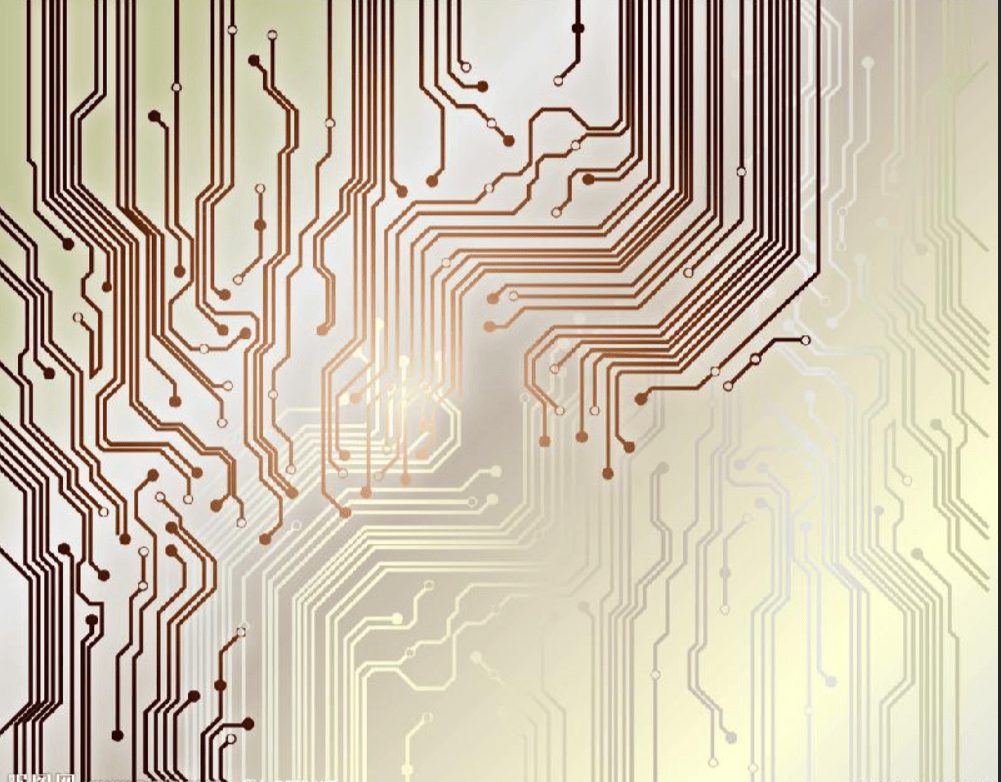- +86-755-23012705
- Building 3, Jinfeng Industrial Park, Fuyong Street, Baoan District, Shenzhen ,China
- [email protected]
Menu

In PCB design, PCB trace current density is a factor that is often overlooked and can lead to catastrophic results. PCB trace current density is defined by the amount of current flowing through a unit area of conductive material.
In a typical PCB, the traces are made of copper. Although copper is highly conductive, it is not an ideal conductor because it does not exist. It does have a certain amount of resistance, and this can limit the amount of current that flows before the copper traces are fully heated.
The IPC-2221 general standard for printed board design provides the calculation formula for the temperature rise relative to the current and the width of the copper trace. If you don’t like manual calculations, you can use various PCB tracking current calculators.
The impact of high PCB traces current density on product functions.
If you are lucky, ignoring the PCB trace current density will save you from indulging. However, it is only a matter of time before it starts to complain about overheating of the circuit board, or in some extreme cases, black smoke due to disconnection.
Healthy blood vessels can withstand a certain degree of blood pressure. Higher prices will worry your doctor. The same is true for PCB traces. If they are not suitable for handling the amount of current passing through, they will dissipate too much heat and the copper may deteriorate.
The problem with ignoring the current density of PCB traces is that this effect may not be immediately apparent. In one of my designs, this problem was not found in the prototype stage, and only unsatisfied technicians often complained that the PCB was overheated before they found errors in the PCB.
When ignoring the PCB trace current density, be prepared for smoke and fire.
Similarly, in some cases, after the prototype board is powered on, the traces on the PCB will be blown away. This is an obvious situation, that is, the PCB traces do not have enough width to handle the current passing through.
Even if you are free from such huge consequences, current density issues may also affect the power output. You may notice the voltage drop along the trace before the trace reaches the components placed at the end of the transmission network.
Either way, ignoring the PCB trace current density is expensive, but they can be easily resolved during the design phase.
How to ensure that the PCB trace current density remains below the allowable limit.
When doing a new PCB design next time, you need to ensure that the PCB traces are sufficient to handle the amount of current passing through. This is especially true when you design products that involve high current components, such as power transistors or super bright LEDs.
Use the PCB trace current density calculator to ensure that traces carrying large currents are routed with the minimum width required. Remember that not only is the width of the copper traces important, but also the interconnect vias. The traces connecting the two layers are very wide, but the traces are small and meaningless.
Ensure that the thicker traces generate large currents with the calculated width.
Having wider traces to alleviate current density issues means you have less space on the PCB. In today’s trend of smaller electronic products, you may want to choose thicker copper from the PCB manufacturer. It allows you to reduce the width of the trace while maintaining a sufficient conductive area.






XPCB Limited is a premium PCB & PCBA manufacturer based in China.
We specialize in multilayer flexible circuits, rigid-flex PCB, HDI PCB, and Rogers PCB.
Quick-turn PCB prototyping is our specialty. Demanding project is our advantage.
Tel : +86-136-3163-3671
Fax : +86-755-2301 2705
Email : [email protected]
© 2023 - XPCB Limited All Right Reserve
